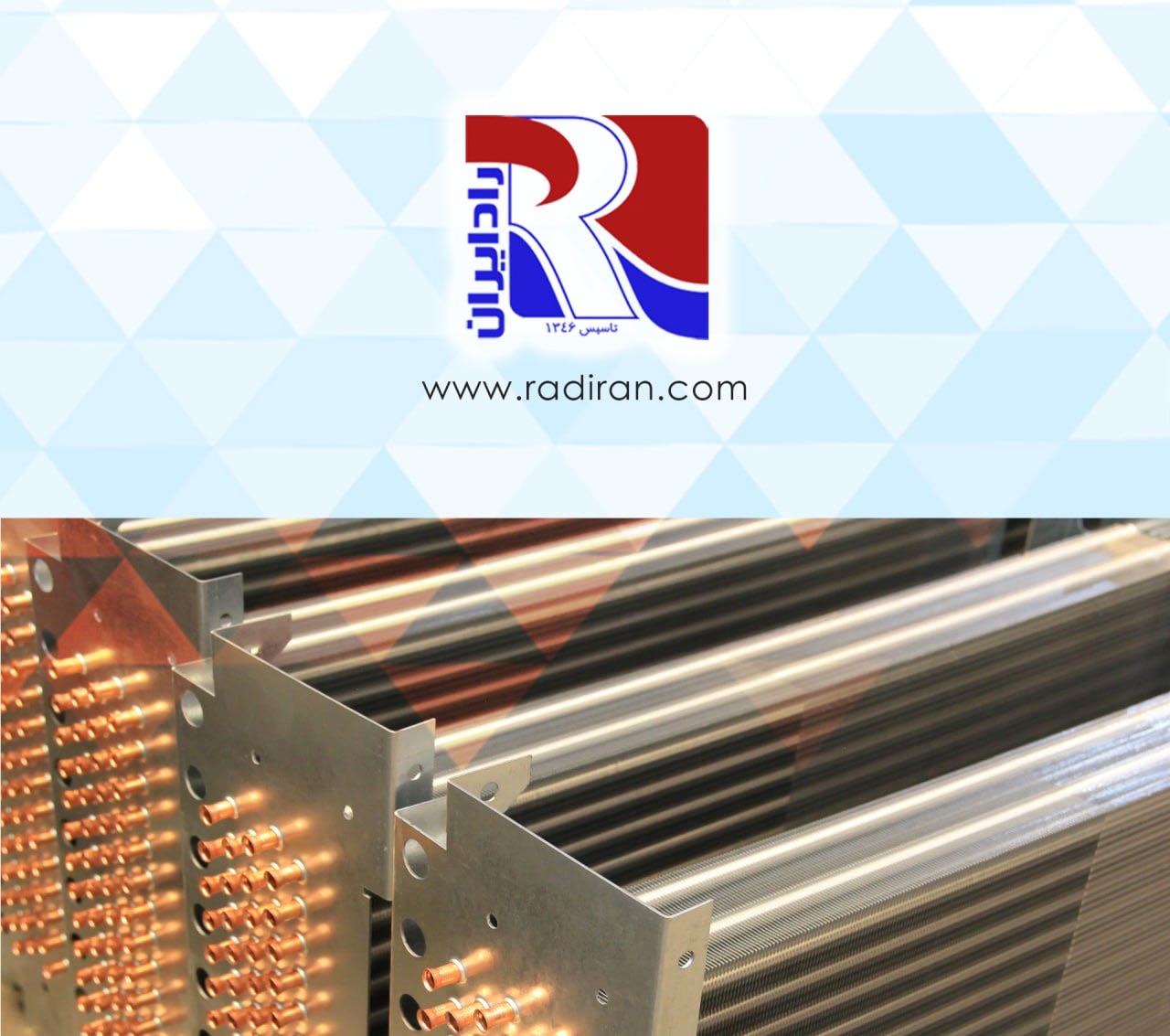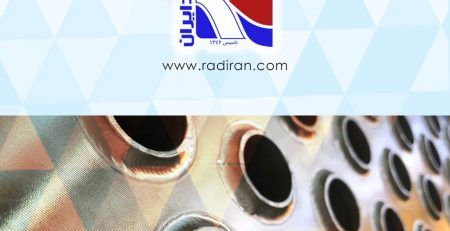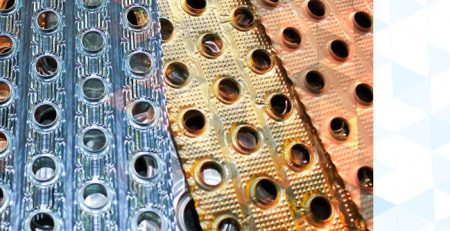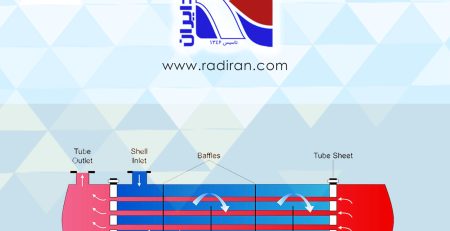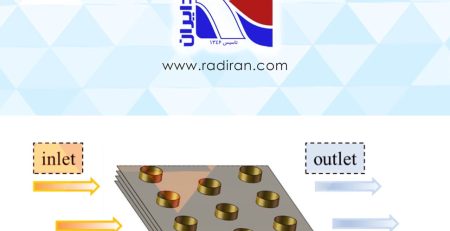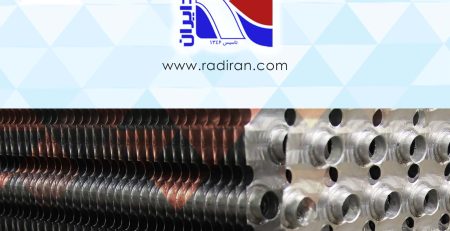Different Type of Heat Exchange
In a fin tube heat exchanger, heat transfer occurs through a combination of conduction, convection, and sometimes radiation, facilitated by the presence of fins and tubes. The different types of heat exchange processes in these devices can be categorized as follows:
- Convection Heat Transfer
Convection is the primary mode of heat transfer in a fin tube heat exchanger. It involves the transfer of heat between a fluid (either a gas or liquid) and a surface. The heat exchanger typically consists of tubes with fins attached to them. The fins increase the surface area available for heat exchange, enhancing the convective heat transfer between the fluid inside the tubes and the fluid outside.
– Inside the Tubes: Here, the heat transfer is generally between the tube wall and the fluid flowing inside the tubes. For fluids with high thermal conductivity, like water, heat transfer is relatively efficient. However, for fluids with lower thermal conductivity, like air, internal convective heat transfer can be less efficient, necessitating design optimizations such as turbulent flow conditions to enhance heat exchange.
– Outside the Tubes: Fins are attached to the outside of the tubes to increase the surface area and improve the convective heat transfer between the external fluid (usually air) and the tube surface. The efficiency of heat transfer outside the tubes depends on the type of fin (e.g., extended, louvered, or pin fins), the spacing of the fins, and the flow characteristics of the external fluid.
- Conduction Heat Transfer
Conduction occurs through the solid material of the tubes and fins themselves. The metal of the tubes and fins conducts heat from one side (where it is in contact with a hot fluid) to the other side (where it is in contact with a cooler fluid). The efficiency of conduction depends on the thermal conductivity of the material used for the tubes and fins. Metals like copper or aluminum are commonly used because they have high thermal conductivity, which facilitates effective heat transfer.
- Radiation Heat Transfer
In most fin tube heat exchangers, radiation is a minor component compared to convection and conduction, especially at typical operating temperatures. However, at high temperatures, radiation can become significant. This mode of heat transfer occurs when heat is emitted as electromagnetic waves from the surface of the tubes and fins and absorbed by the surrounding fluid. This is less common in many heat exchangers but can be relevant in applications involving very high temperatures or specialized materials.
- Combined Heat Transfer Mechanisms
In practice, heat exchangers rely on a combination of these mechanisms. For instance, in an air-cooled fin tube heat exchanger, both convective heat transfer to the ambient air (through the fins) and conductive heat transfer through the metal of the tubes contribute to the overall efficiency. Design considerations often aim to optimize these heat transfer mechanisms by selecting appropriate materials, fin designs, and fluid flow arrangements.
In summary, heat exchange in a fin tube heat exchanger involves a complex interplay of convection, conduction, and sometimes radiation. Effective design and material choices are crucial to optimizing the performance of these systems across various applications.

